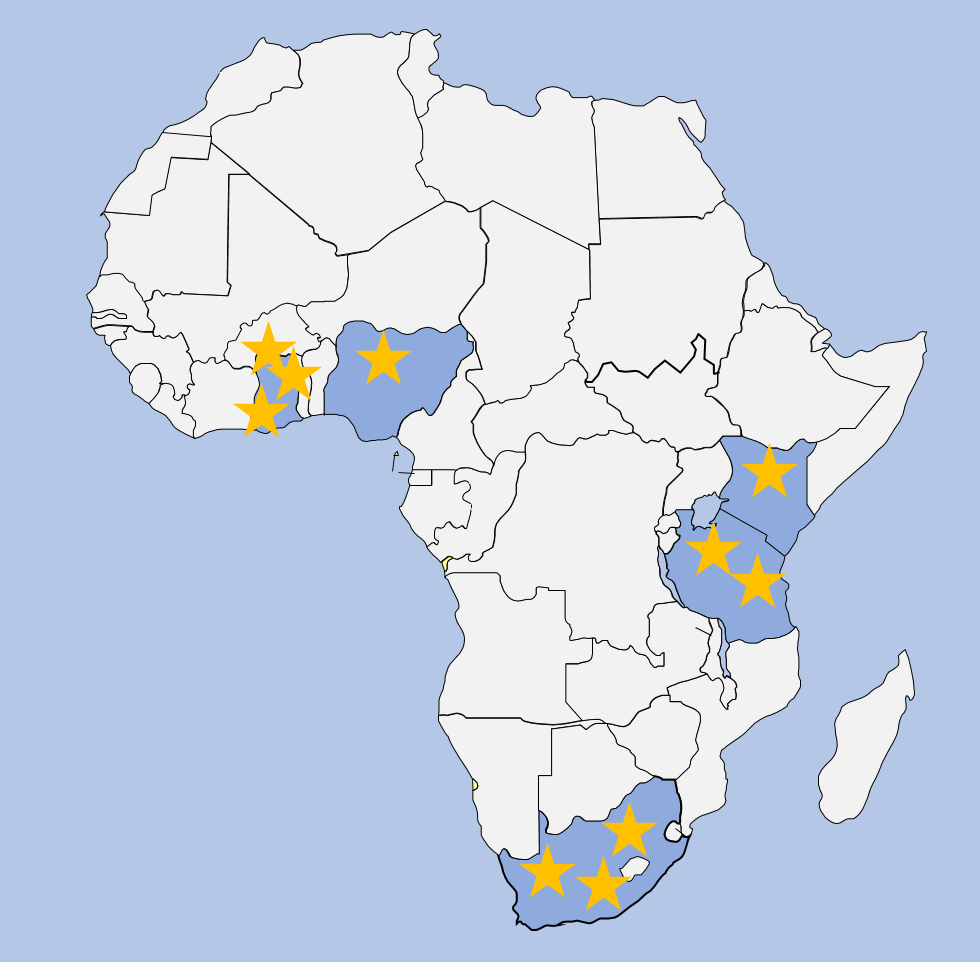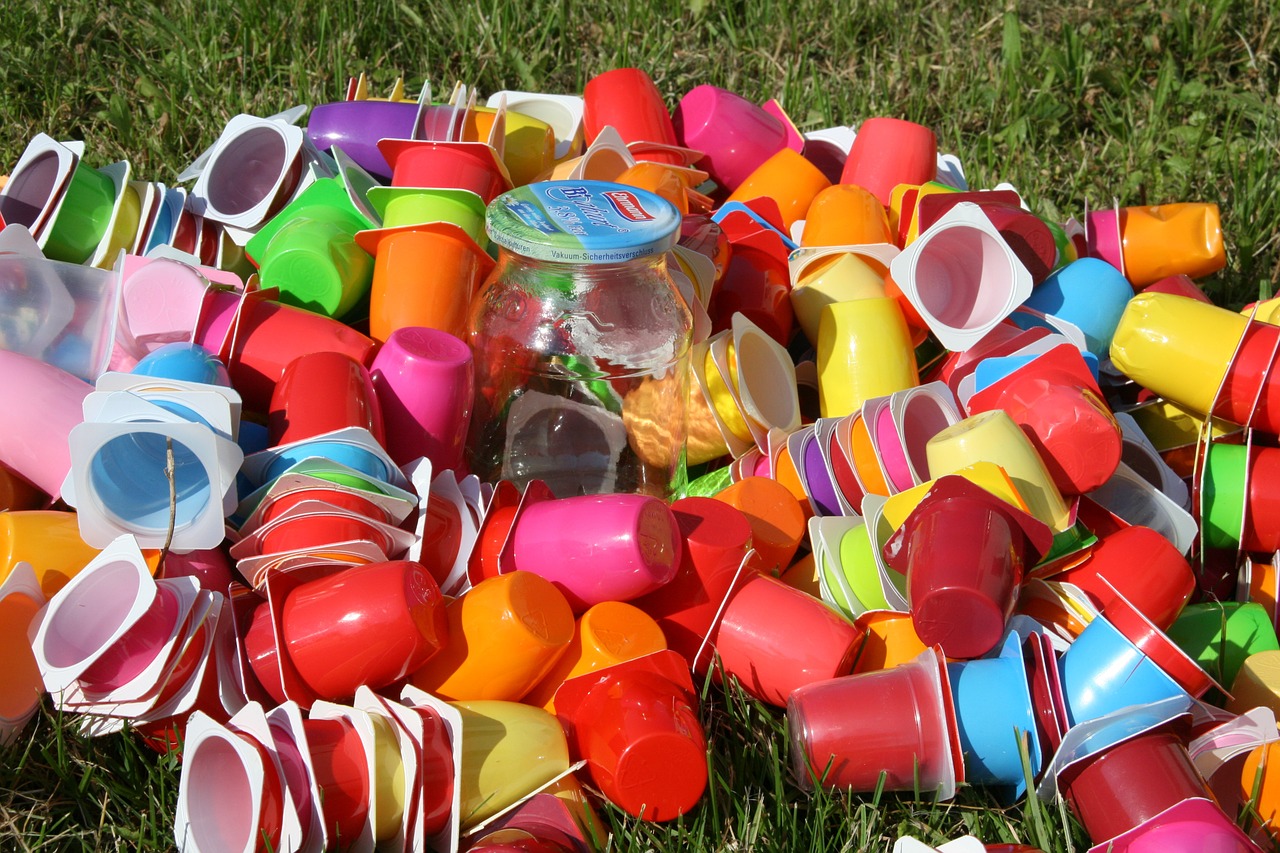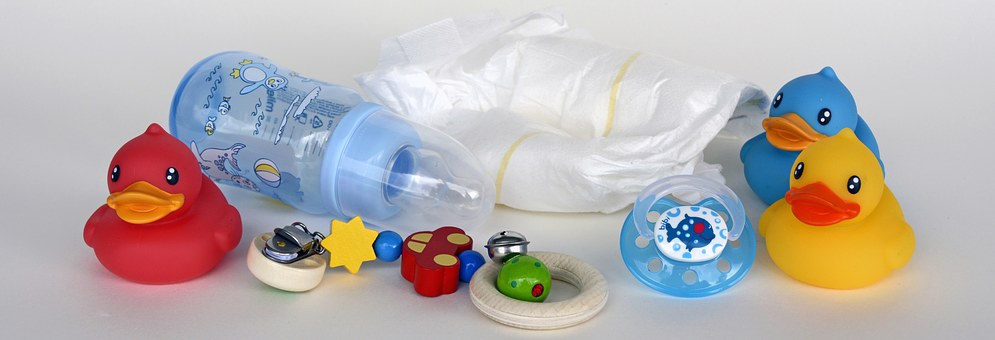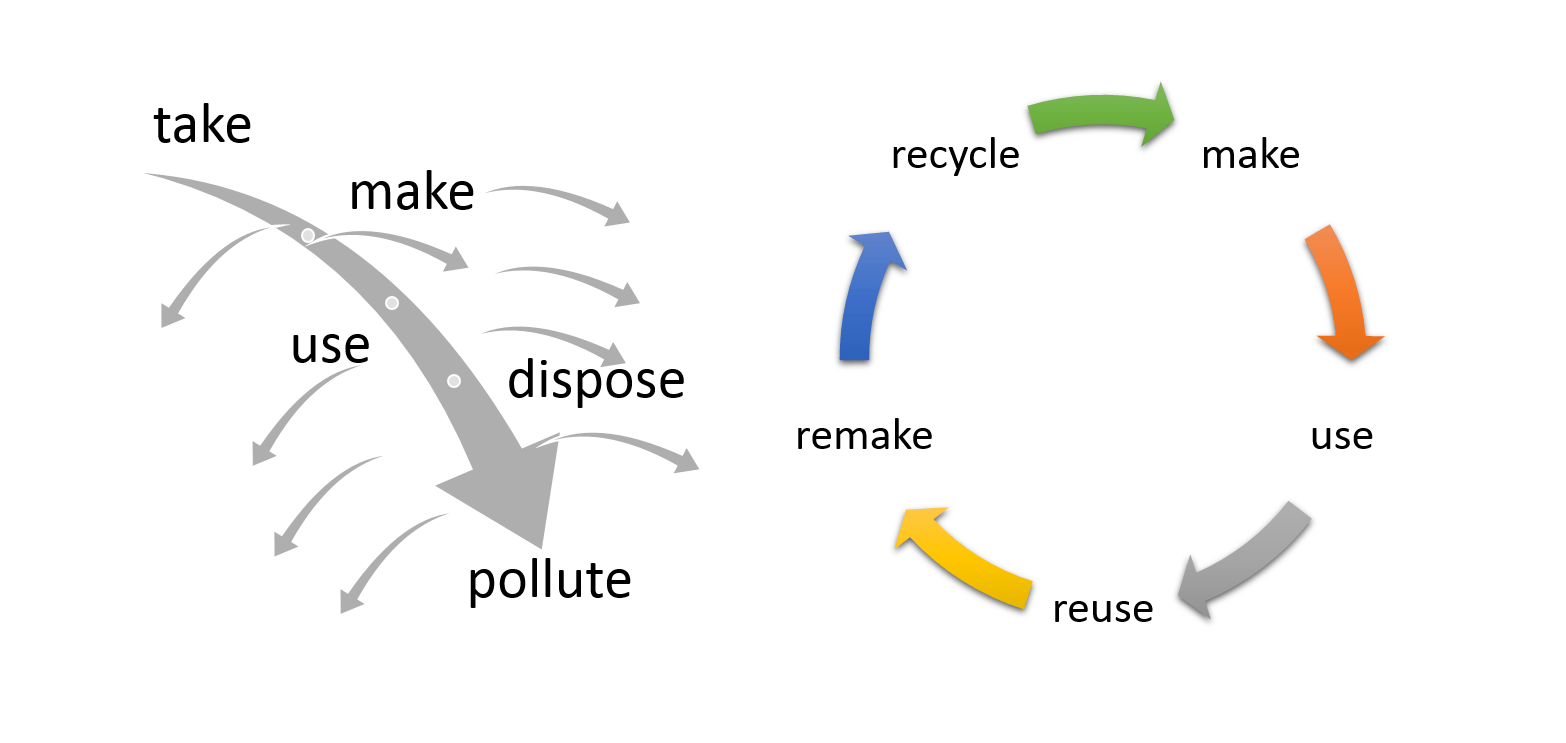3 minute read
Responsibility builds reputations...
...combining circular, sustainable, healthy approaches for planet, people and profit
The café is an important part of the ‘social glue’ in many countries, especially those where alcohol is illegal or frowned upon. People gather to discuss the gossip – families, friends, celebrity and political happenings are discussed and even argued over, around a shared table. They may enjoy a shared experience, too, perhaps by smoking. However, these shared smoking experiences are now worrying café owners, workers, and customers. How could sustainable, circular, responsible approaches provide a better solution, and help café owners strengthen their reputations?
We know there are health concerns for both tobacco and e-cigarettes (also known as vapes). In many cultures, from North Africa to India, hookah or shisha pipe-smoking is an important part of café culture. It’s been around for around 500 years and is common across the Middle East too, though with a variety of different names.
According to Wikipedia, a “hookah, also known as the qalyân, is a single- or multi-stemmed instrument for vaporizing and smoking flavoured cannabis, tobacco (often Mu‘assel) whose vapour or smoke is passed through a water basin—often glass-based—before inhalation.”
Wikipedia also tells us that Mu‘assel (which means “honeyed”), is a syrupy tobacco mix with molasses and vegetable glycerol as moisturizer and specific [often fruit-based] flavours added to it. Non-tobacco-based mu’assel is also available in certain areas where tobacco smoking is not allowed.
Typically, the hookah is passed around a small group of people. It’s a slow-paced, relaxing process, with peaceful discussion and conversation just as important as the smoking itself.
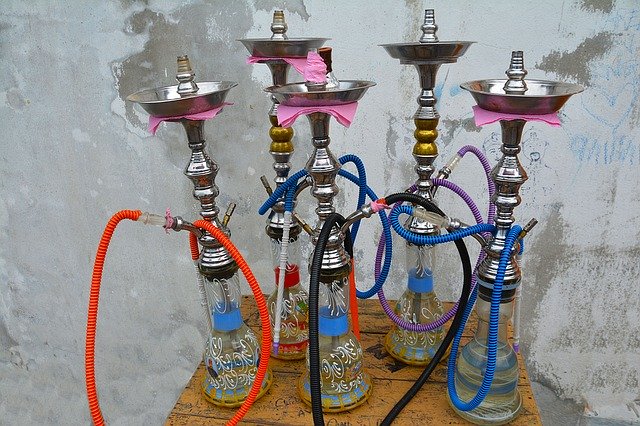
The downsides
However, there are big downsides. Recent research reveals that the smoke inhaled from a one-hour hookah session can contain as much tar as 600 cigarettes and as much carbon monoxide as 150 cigarettes. The smoke and toxins affect other customers, and of course the café workers too. Secondhand smoke is already known to be a major health risk, and an article on Nature.com highlighted further risks from third-hand smoke (toxins carried on the clothes of smokers).
What’s more, modern hookah designs use lots of plastic. The pipe ends in a nozzle, originally thought to be made of birch-tree bark, but now made from plastic. In the Circular Economy Podcast Episode 22, designer Bassam Huneidi explains that 440 million single-use plastic hoses are used every year across the Arab world – enough to wrap around the Earth more than 16 times.
Each month, the café owners buy these single-use plastic hoses, together with the tobacco and charcoal they need.
Risks to health and our environment
So we can already see widespread problems, for everyone involved:
- Firstly, for customers: there are significant health risks, whether smoking directly or just sitting in the café where others are smoking. What’s more, they’re at risk of burn injuries from bits of already-lit charcoal, dropped when the hookahs are being refilled.
- Secondly, for café workers: we can see similar risks from the second-hand smoke, and burns from flying charcoal.
- Third, for café owners, those same risks apply for those who spend time serving customers, and they are causing a plastic waste problem too, buying those single-use hoses that add up to the millions disposed of each year.
- Finally, for society and our living planet, charcoal production is one of the causes of deforestation, and the plastic hoses can pile up in landfill or be burnt, creating toxins, microplastics and other harmful by-products.
And a new problem is emerging for the café owners – the younger generation is more health-conscious, and sees tobacco as an anti-social, unhealthy (and smelly) product. This means the café owner, in supporting hookah smoking, might be alienating the next generation of customers.
A responsible, healthier, circular economy solution

So what’s the solution? Bassam Huneidi thought long and hard about this, during and after his degrees at Imperial College London and the Royal College of Art. He used circular economy design-thinking to come up with a new approach. In his native Jordan, the hookah is called an argeileh, and argeileh cafés are important social spaces.
Bassam redesigned the traditional argeileh to avoid the need for charcoal and single-use plastics. His new design, The Argeileh Project (TAP) vapes, are remade from old argeileh equipment collected from cafés. One traditional argeileh can be made into 5 TAP vapes and one charging station. The TAP vapes and ‘liquor’ are provided as a subscription service. This includes collecting any end-of-use equipment to be repaired, upgraded, or if neither is possible, they can be recycled infinitely.
Even better, it saves money! Bassam’s research revealed that café owners typically spend the equivalent of 1500 Euros each month on argeileh equipment and consumables, whereas a TAP subscription would cost 1000 Euros per month – a 33 per cent saving.
Bassam says ‘The Argeileh Project is an example of how the circular economy could work – for the environment, for people and for business.’
Health warning!
As we’ve noted above, smoking is bad for your health. In writing this article, we are not promoting smoking or vaping, but aiming to acknowledge its problems and look at possible healthier options.
Catherine Weetman advises businesses, gives workshops & talks, and writes about the circular economy. Her award-winning Circular Economy Handbook explains the concept and practicalities, in plain English. It includes lots of real examples and tips on getting started.
To find out more about the circular economy, why not listen to Episode 1 of the Circular Economy Podcast, read our guide: What is the Circular Economy, or stay in touch to get the latest episode and insights, straight to your inbox…

